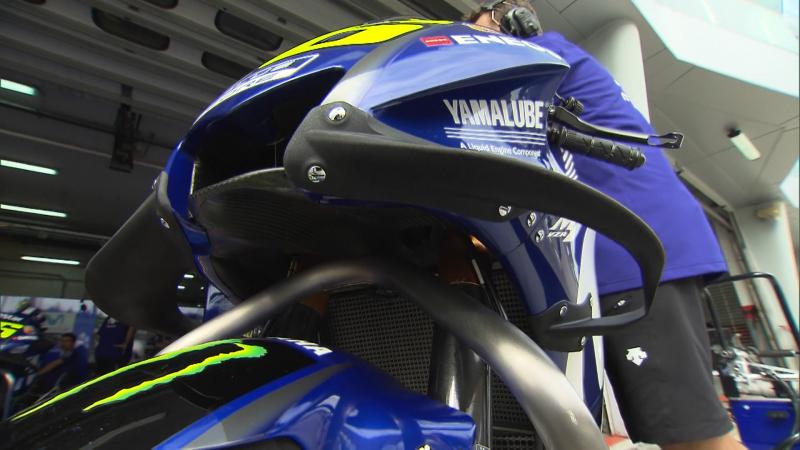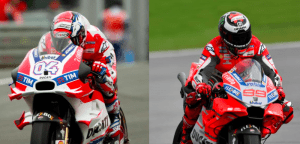MotoGP Technical Director Danny Aldridge talks aero-fairings, safety and why they're not the same as wings
After some more interesting aero-fairing reveals at the Sepang Test, MotoGP Technical Director Danny Aldridge has explained how the current crop are within the regulations – despite some bearing a similarity to the ‘wings’ that were originally pioneered by Ducati. Some key differences, says Aldridge, make all the difference when it comes to safety.
“The most important thing for us is obviously safety,” says Aldridge, “so it matches the criteria that the edges are rounded, they fit within the regulations of a 600mm wide fairing, and we also have strict rules on the sizes in that they can’t be wing-shaped – a lot of debate is on this matter at the moment but the most important thing is that we classify them as sidepods. You’ll notice that they have a top area, a side area and an under area as well, so they’re technically enclosed – and a lot safer than the ones from Ducati a few years ago.”

“You’ll have seen Honda with their new fairing and Yamaha as well, Yamaha actually have two versions: the one they’ve used in Valencia, which does not comply, and then we saw them out with the new re-designed fairing – which does comply,” he explains. “What I look for is safety and that it’s not classified in our opinion as a wing. To me a wing is a single entity and it goes straight out. Honda’s one does comply as well and it’s within the current regulations, but we must remember that this is a test, so this doesn’t mean it’s the final version they’ll use in Qatar. They are experimenting and may go away and make some changes, then reapply to me to see if it complies with the regulations.”
“It started after Valencia, which is where they started their evolution of fairings. They approach me, we talk, we discuss the designs that they will use on-track. It’s only at Qatar, at the first race, where the fairing that they can use will become official. Obviously, they will want to get pre-approval before this because they won’t want to turn up there with a fairing that’s illegal – so they will speak to me now and I will pre-approve it as long as they don’t make any changes for Qatar.”
Finally, the Technical Director stresses once again that it’s a question of safety more than anything – but without clipping the wings of development, so to speak.
“With the fairing, it’s obviously a very important part of the bike and it’s important for us both to understand what is the limit and what is allowed. As I keep saying, the important thing from our point of view is rider safety, but we also need to allow the manufacturers to develop, to design a bike as fast and safe as possible, so it’s a good talking point in the paddock.”
Check out what manufacturers bring to Buriram when the next Official Test begins on the 16th February.
By MotoGP.com
